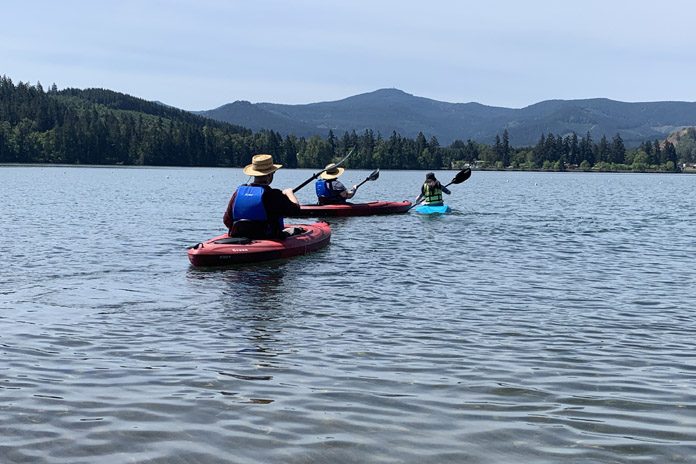
Last year, 27 Oregonians died in recreational boating-related incidents – the most in three decades. Incidents overall spiked in 2020 with a total of 96 fatal and non-fatal occurrences – a 20-year high.
The Oregon State Marine Board tracks these and officials attribute the increase – in part – to the pandemic.
“A big reason for that was record numbers of people getting outdoors as the COVID-19 pandemic limited other options,” said Randy Henry, boating safety program manager for the Oregon State Marine Board. Many of those people were new to boating.”
There are more than four million visitors per year at 133 recreation sites across 18 dams and reservoirs in Oregon and Washington. The visitation numbers plus water recreation activities can be a deadly mix unless users take precautions, such as:
- Wearing a life jacket: it will help you survive an unexpected fall into the water and can save your life if you become exhausted due to fatigue, waves or current while swimming.
- Knowing your swimming abilities: swimming in natural waters is different from swimming in a pool, and your swimming ability decreases with age.
- Expecting the unexpected: if you fall or jump into water that is colder than 70 degrees, you can inhale water from involuntary gasping.
- Understanding “boater’s hypnosis”: this can slow your reaction time almost as much as if you were legally intoxicated.
- Eliminating alcohol consumption: Alcohol induces an inner ear condition (caloric labyrinthitis) that can cause you to become disoriented when underwater and not realize which way is up.
District staff stress the importance of water safety year-round, but especially during the summer season because that is when most public recreation fatalities occur.
Go online for more information about recreational boating incident and fatalities in Oregon.









